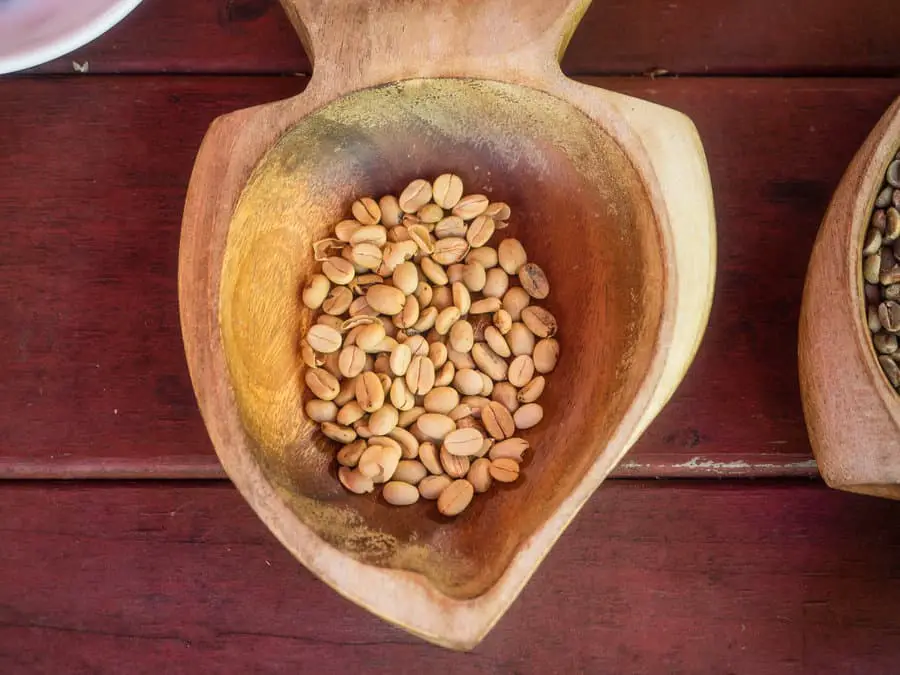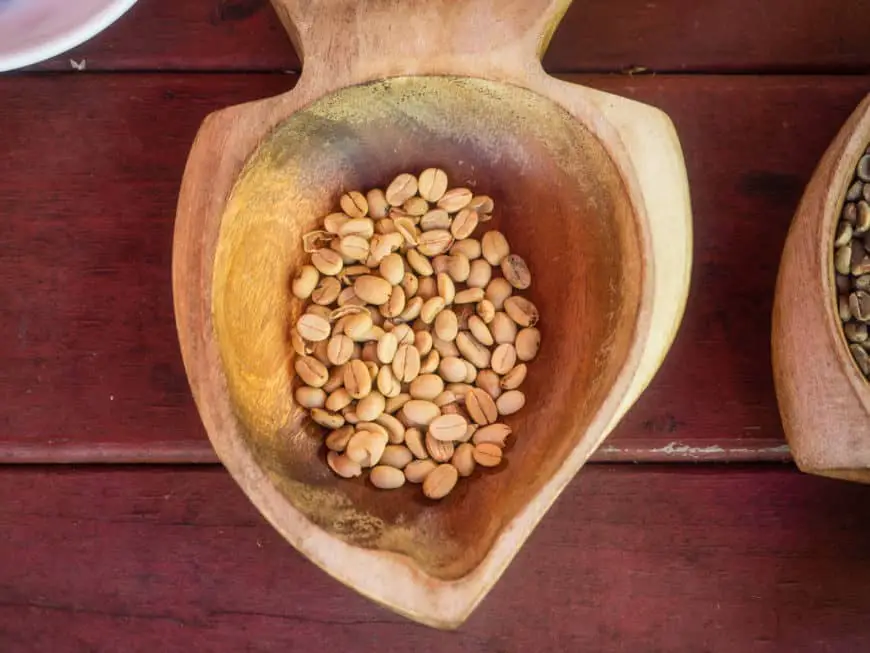
Kona coffee is one of the most sought-after coffee varieties in the world due to its unique flavor profile and high quality. This coffee is grown on the slopes of the Mauna Loa volcano in Hawaii, where the rich volcanic soil, ideal climate, and unique growing methods produce a limited yield of high-quality beans.
The rigorous grading process, labor-intensive cultivation, and transportation costs from the remote Kona region contribute to the high cost of Kona coffee.
As a result, Kona coffee commands a premium price and is considered a luxury product for coffee connoisseurs. Lets go into more detail so you have better understanding on why a bag of pure Kona coffee costs so much.
3 Reasons why Kona Coffee So Expensive
1. Labor Costs
Labor cost is the most significant factor for Kona coffee being so expensive. Kona coffee is grown in Hawaii, a US state, and is therefore subject to all of the regulations and rules of US industry and those costs are passed on to the final price.
To make a single pound of Kona coffee, you need 8 pounds of cherries. One coffee tree only yields around 16 pounds of cherry, so therefore it comes down to each tree producing 2 pounds of roasted coffee.
Since this coffee is handpicked, it takes a lot of manpower to accomplish and that does not take into consideration how many times it has to be picked (not all cherries ripen at the same time) cared for, and watched over, not to mention that after picking it has to be graded, dried and then roasted.
2. Transportation Costs
Once the coffee has been picked and processed it then has to get to market. This involves getting it from the plantation to the port and then shipped its ultimate destination.
Since Kona coffee grown in a remote area on the slope of the largest active volcano in the world – Mauna Loa, the logistics of getting it from there to the port is costly.
Not only that, but when all is said and done, that coffee also needs to be shipped from Hawaii. This is no small feat when the closest US state, California, is almost 3,000 miles away while shipping to Asia is 5,000 miles.
3. Scarcity of Kona Coffee
There’s simply not a ton of room to grow Kona coffee. It cannot be mass produced similar to other coffee. In order for a coffee to be certified Kona, it has to be grown within a specific piece of land – called the Kona Belt. This is roughly one mile wide and 30 miles long.
This is the main reason why Kona production only accounts for 1% of total coffee grown worldwide. While this land is utilized efficiently and fully, it’s a drop in the bucket compared to large scale production.
It is estimated that around 3 million pounds of green, unroasted coffee bean are grown in the Kona region each year. That sounds like a lot, but it’s just a small fraction compared to what other countries can produce.
For example, Brazil makes almost 6 billion pounds of coffee per year and Vietnam almost half of that.
Hawaii’s Kona Coffee Blends
Kona coffee blends refer to coffee products that contain a mix of Kona coffee beans and beans from other regions. These blends are less expensive than pure Kona coffee because they contain a smaller percentage of Kona beans, which are the most expensive component. Additionally, the beans used in Kona blends are often of a lower quality than the premium Kona beans used in pure Kona coffee
When you are shopping for the right Kona coffee, say for example on Amazon, you’ll want to avoid the combination of “Kona blend” – which as we’ve mentioned earlier, only contain 10% of Kona coffee bean.
The other 90% can be beans from any origin, which are typically as cheap as possible in order to offset the high cost of Kona bean.
The type of coffee that you want to look for is 100% Kona coffee. The prices for this type depends on the farm and producer of course, but typically you wouldn’t expect to pay any less than $20 per pound. It can range up to $50 per pound or even more, and other factors are at play.
Final Thoughts
Buying Kona Coffee really depends on the growing atmosphere from year to year, individual farms, the state of the crops, and more but if you make sure that is 100% whole bean Kona Coffee and that was freshly roasted you won’t be far away from being able to brew a fantastic cup of coffee.

